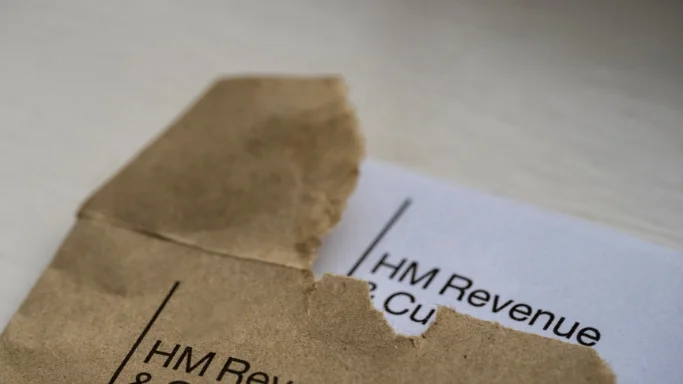
Submitting Corporation Tax Updates for Making Tax Digital (MTD)
Navigating the digital revolution in tax submission is essential for any business. HMRC’s Making Tax Digital (MTD) system aims to simplify the tax process for businesses. This article will shed light on handling corporation tax updates with MTD.
What is Making Tax Digital (MTD)?
MTD is a crucial part of the government’s plans to make it easier for businesses to get their taxes right and keep on top of their affairs. HMRC’s ambition is to become one of the world’s most digitally advanced tax administrations. MTD is fundamentally changing how the tax system works, transforming tax administration into more effective, efficient, and straightforward for taxpayers.
What Does MTD Mean for Corporation Tax?
Starting in April 2026 at the earliest, all businesses must follow MTD for corporation tax, meaning they must keep digital records and use compatible software to submit corporation tax updates. Here are the essential requirements:
- Digital Record Keeping: All businesses are required to keep digital records. These records will include information such as income and expense transaction figures. They will need to be maintained digitally using MTD-compatible software.
- Quarterly Updates: Businesses must submit quarterly updates to HMRC using compatible software. These updates should include a summary of the income and expenses for the period.
- End of Period Statement (EOPS): Following the end of the accounting period, businesses will need to submit an EOPS as part of their tax return filing. This statement will reconcile the quarterly updates with any accounting or tax adjustments made at the end of the period.
- Final Declaration: Businesses must then submit a final declaration confirming their tax position for the year.
What about Exemptions?
There are limited circumstances where HMRC will exempt a business from MTD, most commonly if using digital tools is not practical. This can be due to age, disability, remoteness of location, or religious considerations.
How Does MTD Change the Way I File My Taxes?
Businesses and landlords with business or property income over a certain threshold will need to keep digital records and send HMRC quarterly updates for income tax self-assessment (ITSA) and corporation tax via their MTD-compatible software.
The transition to MTD will impact how businesses maintain their accounting and tax records, potentially leading to changes in internal processes.
Key Takeaways
As we approach the new digital era of taxation, remember these key points:
- Businesses are required to maintain digital records of income and expense transactions.
- Quarterly updates to HMRC using MTD-compatible software are mandatory.
- Submission of an end-of-period statement as part of the tax return filing is required.
- Exemptions are limited and are usually due to age, disability, remoteness of location, or religious considerations.
- The introduction of MTD may lead to changes in internal processes for businesses.
Embrace MTD and enjoy a smoother, more efficient approach to managing corporation tax. Be part of the progress made with Making Tax Digital.


Request a call back
Let us know when you would like us to call you back by filling in this form:
Our 5 Star Reviews



Latest News

Making Tax Digital 2023: MPs Criticise Delays and Complexity
Explore the challenges and impacts of the UK’s Making Tax Digital initiative, including delays and the cost burden on taxpayers.

Making Tax Digital: Small Business Review
Making Tax Digital Small Business Review 2023: Understanding the Basics and Preparing for Change Introduction to Making Tax Digital (MTD) Since 1948, Jack Ross Chartered

Making Tax Digital: The Rising Costs and Challenges
Making Tax Digital: The Rising Costs and Challenges Introduction Making Tax Digital (MTD), the ambitious initiative by HM Revenue & Customs (HMRC) to digitise the
